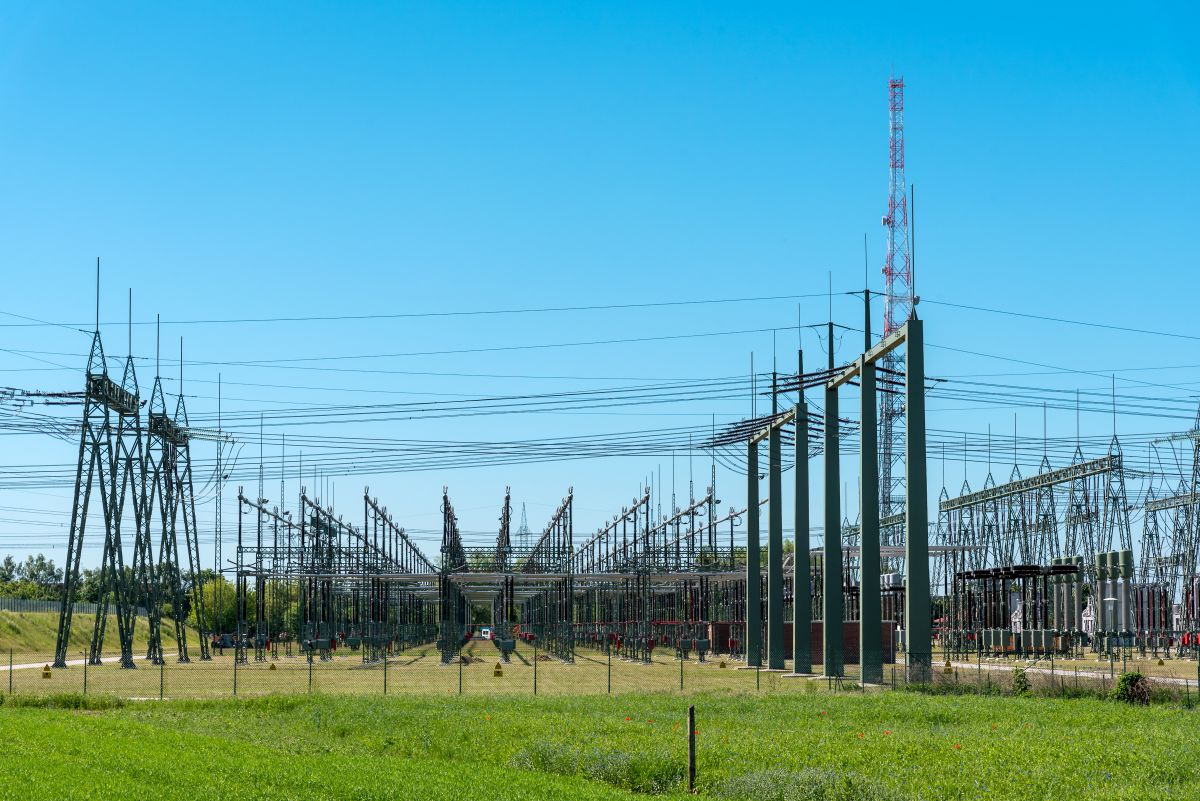The transition to a smart grid represents a pivotal shift in how electrical grids are managed, monitored, and optimized. As this transformation unfolds, so must the regulatory strategies that ensure the security and reliability of these grids. The North American Electric Reliability Corporation (NERC) is at the forefront of establishing standards to protect the reliability of the bulk power system. With the advent of the smart grid, utilities should prepare for potential regulatory changes as well as the challenges these new technologies can introduce to the bulk power system.
Understanding the Smart Grid and Its Implications
The smart grid is designed to modernize the electrical grid by incorporating digital communication, automation, and advanced analytics to enhance efficiency, reliability, and sustainability. By using sensors, smart meters, and communication technologies, the smart grid can provide real-time data on grid performance and operational status. This shift could provide numerous benefits, such as improved grid stability, reduced outage times, and better integration of renewable energy sources.
However, as utilities deploy smart grid technologies, they must ensure they are maintaining the reliability of the bulk power system to capture the benefits that these technologies can provide. Utilities should verify that their systems adhere to existing NERC CIP standards. If grids are not properly secured, smart meters and grid sensors could become entry points for cyberattacks. Compliance efforts need to adapt to encompass these new components while ensuring that they continue to meet the stringent requirements set forth by NERC.
Challenges in Implementing Smart Grid Compliance
One of the primary difficulties in implementing compliance measures for the smart grid is integrating legacy systems with new smart grid technologies. Many utilities operate with a mix of older infrastructure and modern components, creating a complex environment where compliance must address both old and new systems. This situation necessitates a comprehensive approach to compliance that considers the security implications of both types of technology.
The smart grid’s reliance on real-time data and automation also introduces additional risks that must be managed. For instance, the increased volume of data generated by smart grid devices requires effective data management and protection strategies. Utilities must ensure that their systems can handle this data securely and that appropriate controls are in place to prevent unauthorized access or manipulation. Additionally, the interconnected nature of the smart grid means that vulnerabilities in one area can potentially impact other parts of the grid, further complicating compliance efforts.

Strategic Approaches to Enhance Compliance
To effectively navigate the evolving landscape of NERC compliance in the smart grid context, utilities should adopt strategic approaches to enhance their compliance programs. One key strategy is to invest in risk assessment and monitoring tools that can identify and address vulnerabilities in real-time. By leveraging advanced data analytics and machine learning, utilities can gain deeper insights into potential risks and take proactive measures to mitigate them.
Another important approach is to foster collaboration between utilities, technology providers, and regulatory bodies. Engaging in industry forums and working groups can help utilities stay informed about emerging trends and best practices in smart grid security. Additionally, participating in these discussions provides utilities an opportunity to voice their concerns when developing new regulatory strategies.
Conclusion
As the smart grid continues to reshape the electrical landscape, new challenges and opportunities must be addressed. While these technologies can improve operations, utilities should also ensure that they are meeting regulatory standards. By understanding the implications of the smart grid, adapting NERC CIP standards, addressing implementation challenges, and employing strategic approaches, utilities can navigate the evolving compliance landscape effectively. The successful integration of smart grid technologies with robust compliance measures will be crucial in ensuring the continued reliability and security of the North American power grid, paving the way for a more resilient and efficient energy future.
Disclaimer: Any opinions expressed in this blog do not necessarily reflect the opinions of Certrec. This content is meant for informational purposes only.












